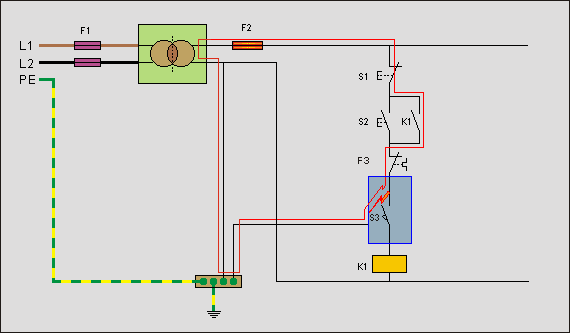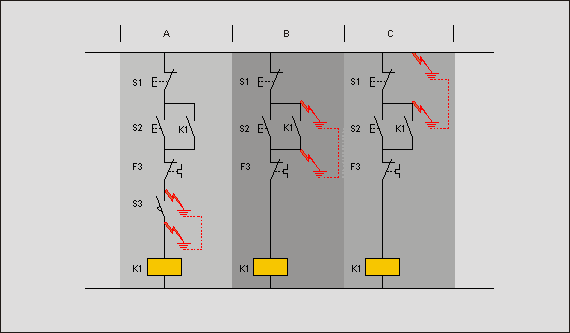R
rryles
I'm trying to understand my options when it comes to protecting ELV circuits, in particular control/signalling/communications type.
As I understand it there are three methods: SELV, PELV and FELV. I know that sometimes SELV is required due to the location. PELV seems to be a combination of ADS and ELV, so requires earthed CPCs everywhere. I'm not too sure about the requirements of FELV though.
As I understand it there are three methods: SELV, PELV and FELV. I know that sometimes SELV is required due to the location. PELV seems to be a combination of ADS and ELV, so requires earthed CPCs everywhere. I'm not too sure about the requirements of FELV though.











